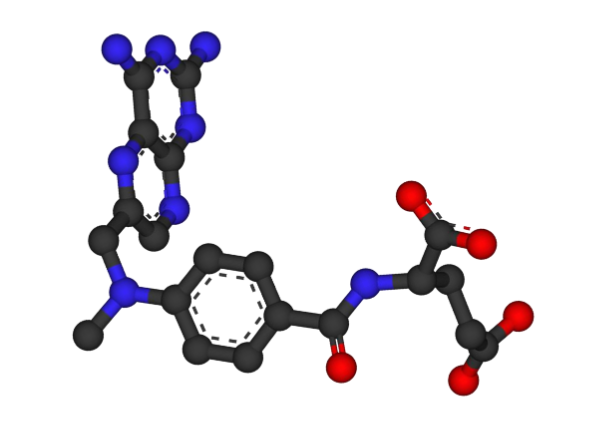Playlist
Show Playlist
Hide Playlist
Quick Review: Rheumatoid Arthritis
-
Slides Rheumatoid Arthritis .pdf
-
Reference List Rheumatology.pdf
-
Download Lecture Overview
00:00 Alright, it's time for us to do a few quick review questions. 00:04 Remember I'm gonna ask a question, feel free to pause this screen and come up with your own answer and then we'll review the answer. 00:10 Which of the following is not a classic feature of rheumatoid arthritis? Alright, well one of the classic features of RA is symmetric joint involvement, so that's gonna stay there. 00:23 Stiffness greater than 30 minutes, you should always look for that when you're thinking about an inflammatory rheumatologic disease. 00:29 Primarily affecting large joints, it does affect large joints but I wouldn't have used the word primarily. 00:36 And radiography reveals erosive changes, well that's definitely true. 00:40 So number three has got to be the right answer because it's not true. 00:45 More commonly we're talking about smaller joints like the PIPs, the MCPs, and certainly potentially the wrists. 00:53 Okay, next question. Rheumatoid nodules -- are painful to the touch, wrong. They're non-painful to the touch. 01:04 So that's definitely not correct. Rheumatoid nodules are most commonly found at the hips and shoulders, that's also false. 01:11 We know that rheumatoid nodules are much more commonly found at the olecranon, at the Achilles tendon, maybe in the forearm, but not the hips and shoulders. 01:19 Next stop, rheumatoid nodules can appear in visceral organs such as the lungs, well that's definitely true. 01:26 That would be the most common place to find a visceral rheumatoid nodule; would be in the periphery of the lungs. 01:31 And lastly, rheumatoid nodules are often premalignant lesions, and that's definitely false as well. 01:37 They're totally benign and you can reassure patients not to worry about them. 01:41 So our answer is clearly number three. 01:44 Okay, one last question. Which of the following is true of rheumatoid arthritis? Okay, anti-double-stranded DNA antibodies are highly specific for rheumatoid arthritis, now I'm hoping that you're thinking anti-DS DNA antibodies are associated with lupus not rheumatoid arthritis, so that's one off the list. 02:09 Number two, anti-CCP is highly specific and moderately sensitive for rheumatoid arthritis, and that's true, that's why we use that test. 02:18 The sensitivity is in the 80's but nonetheless I'd consider that to be moderately sensitive. 02:23 Third, anemia is a rare finding, actually it's the most common hematologic finding in RA. 02:29 And lastly, ESR and CRP are typically low-normal, now that's not true either. 02:35 Especially if somebody's having acute synovitis with some inflammation and symptoms, you expect their ESR and CRP to be modestly elevated. 02:43 So our answer is definitely number two. 02:46 And with that I think we're done talking about RA.
About the Lecture
The lecture Quick Review: Rheumatoid Arthritis by Stephen Holt, MD, MS is from the course Connective Tissue Diseases.
Included Quiz Questions
Which of the following is considered to be a first-line disease-modifying anti-rheumatic drug (DMARD) for rheumatoid arthritis?
- Methotrexate
- Etanercept
- Hydroxychloroquine
- Minocycline
- Sulfasalazine
Customer reviews
5,0 of 5 stars
| 5 Stars |
|
5 |
| 4 Stars |
|
0 |
| 3 Stars |
|
0 |
| 2 Stars |
|
0 |
| 1 Star |
|
0 |





